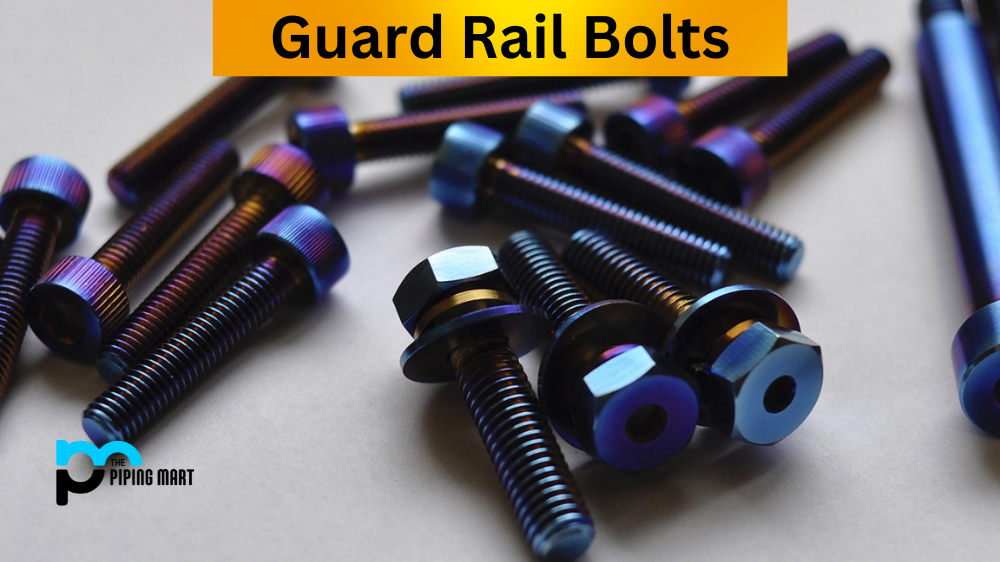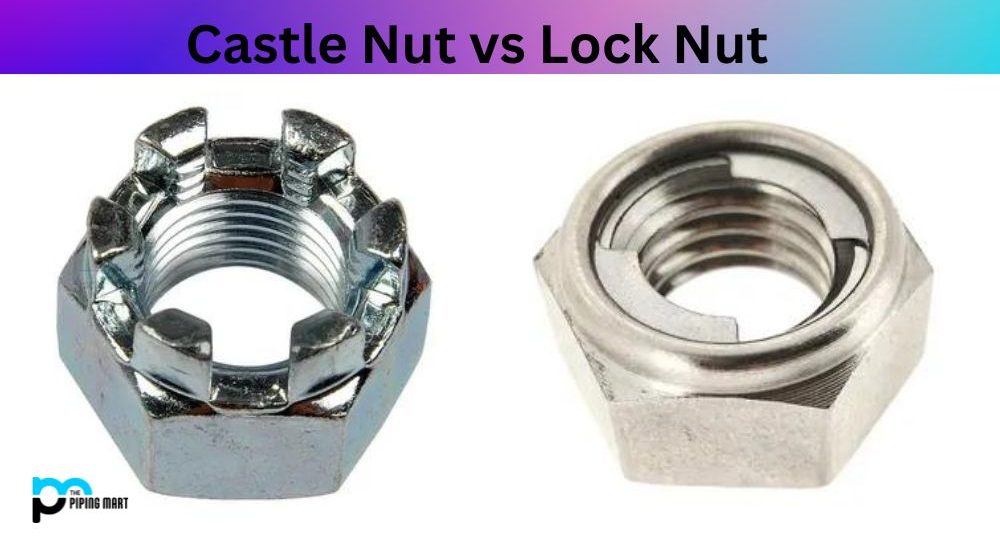Bolts are fundamental components in construction, manufacturing, and various DIY projects. They provide a secure fastening solution by threading into a corresponding nut or an internally threaded hole. Understanding the different types of bolts, their specific uses, and applications can significantly impact the effectiveness and durability of your projects. This guide covers the essentials of bolts, including their classifications, applications, and the role of related materials like geonet in enhancing structural integrity.
What are the different types of bolts?
Bolts come in various types, each designed for specific applications:
- Hex Bolts: Commonly used in construction, these bolts have a hexagonal head and are designed to be tightened with a wrench. They are ideal for heavy-duty applications.
- Carriage Bolts: Featuring a rounded head and a square neck, carriage bolts are used in wood applications where a smooth, flush finish is needed.
- Lag Bolts: These are large, heavy-duty bolts used in wood to provide a strong connection. They have a hex head and are typically used in applications requiring significant holding power.
- Machine Bolts: Designed for fastening machine parts, these bolts often have a flat head and are used with nuts for a secure fit.

How do bolts differ from screws?
While both bolts and screws are used for fastening, they differ primarily in their design and application:
- Bolts are typically used with nuts and are designed to hold together two or more parts. They require a pre-drilled hole and are often used in structural applications.
- Screws have a helical thread that allows them to be driven directly into materials without the need for nuts. They are generally used for lighter-duty applications and can be used with or without pre-drilled holes.
What are the applications of bolts in construction?
Bolts are crucial in various construction applications, including:
- Structural Steel: Bolts are used to join steel beams and columns, providing essential support and stability to buildings and bridges.
- Wood Construction: In timber framing, bolts are used to secure wooden beams and posts, ensuring structural integrity.
- Concrete: Bolts are embedded in concrete to anchor fixtures or structural elements, providing a secure connection.
How does geonet relate to the use of bolts?
Geonet is a geosynthetic material often used in civil engineering and construction projects to improve drainage and support soil stability. When used in conjunction with bolts:
- Reinforced Soil Structures: Bolts can anchor geonet in soil reinforcement projects, enhancing the stability and load-bearing capacity of soil structures.
- Drainage Systems: Geonet, combined with bolts, can be used to create effective drainage systems by securing the geonet in place and ensuring proper water flow.
Bolts are versatile and essential components in various applications, from construction and manufacturing to DIY projects. Understanding the different types of bolts and their specific uses can help ensure the success of your projects. Additionally, integrating related materials like geonet can enhance the performance and durability of structures, particularly in soil reinforcement and drainage systems. By combining the right bolts with appropriate materials, you can achieve strong, reliable, and long-lasting results in your construction endeavors.


